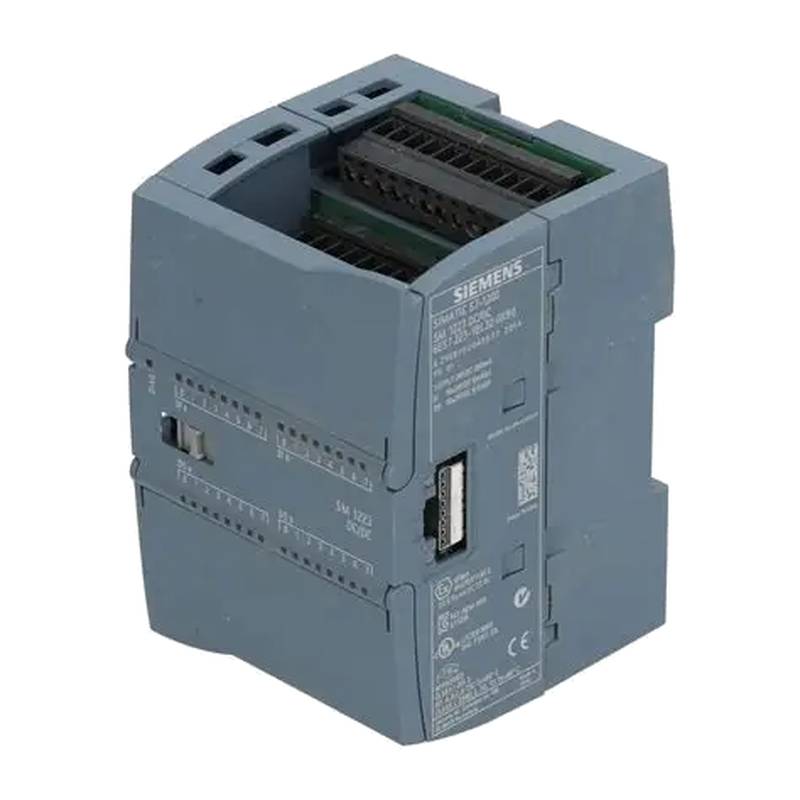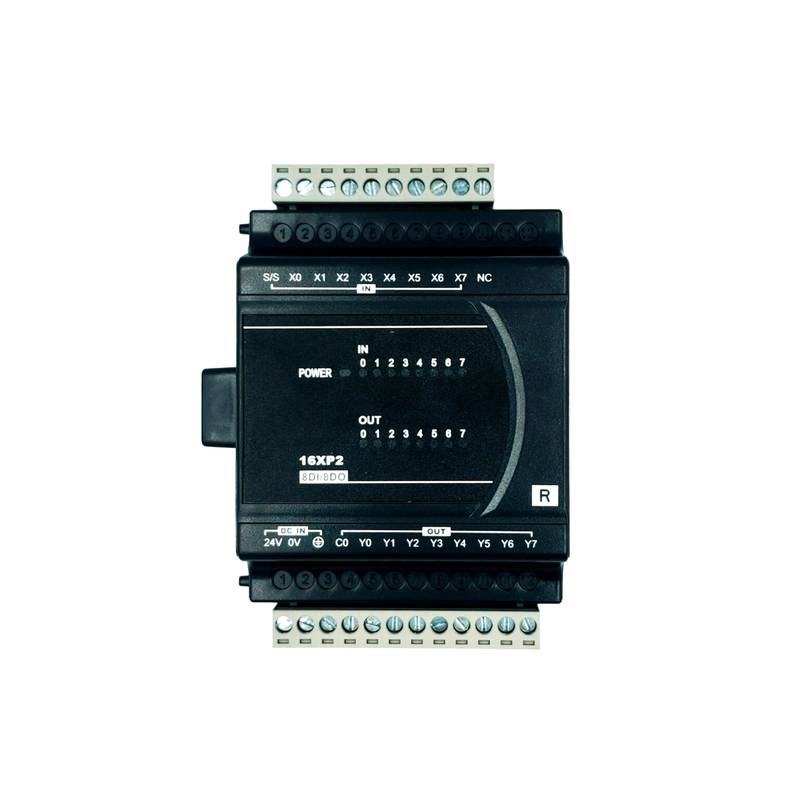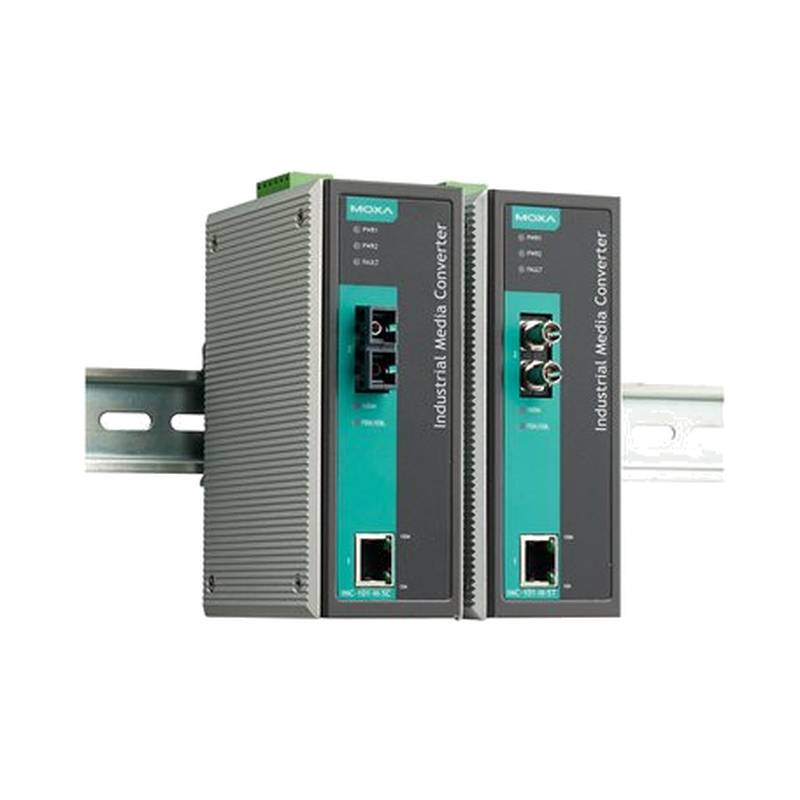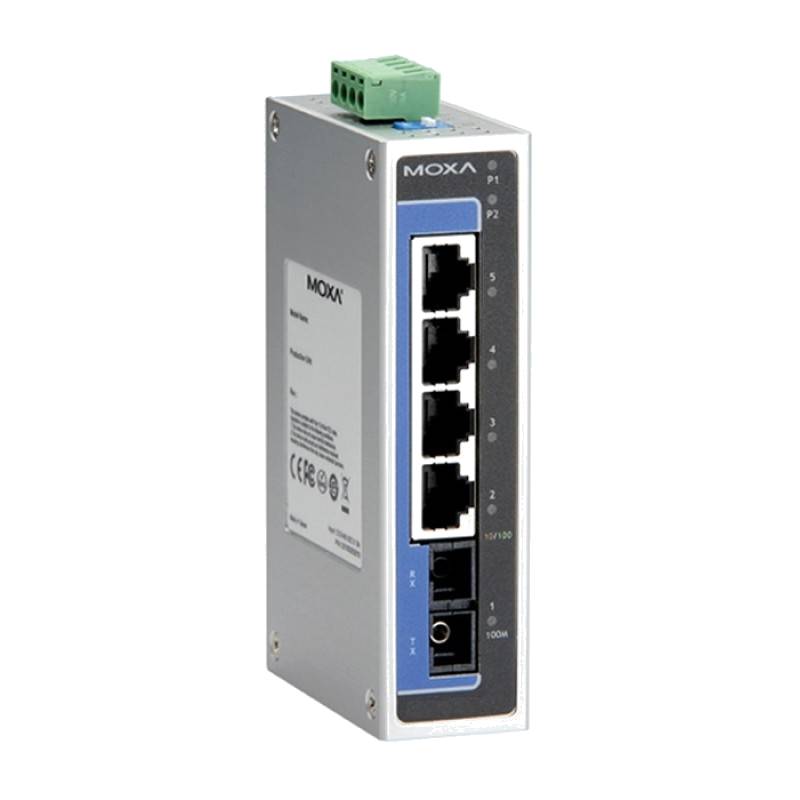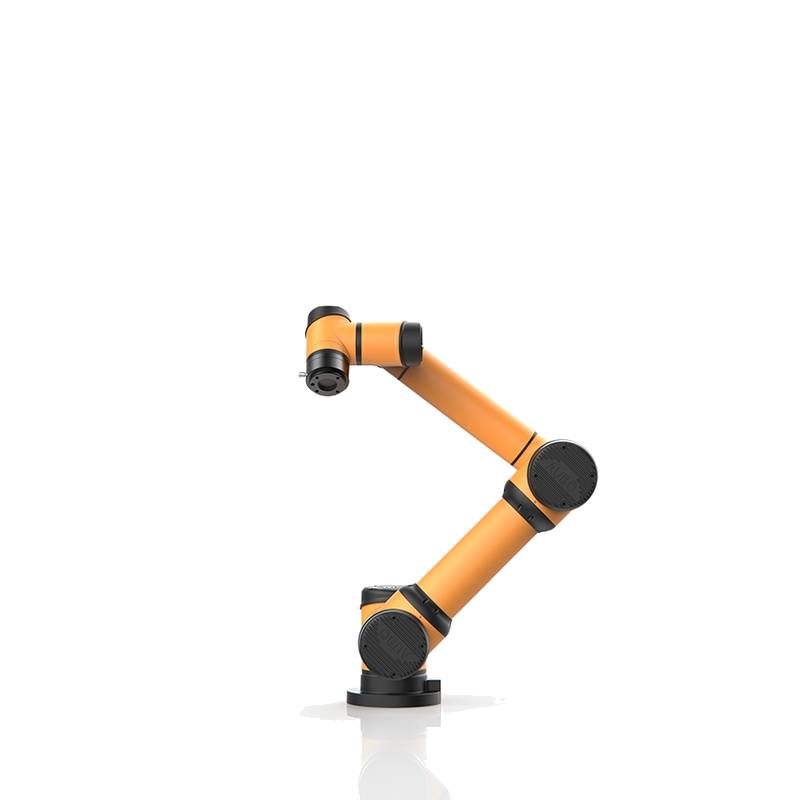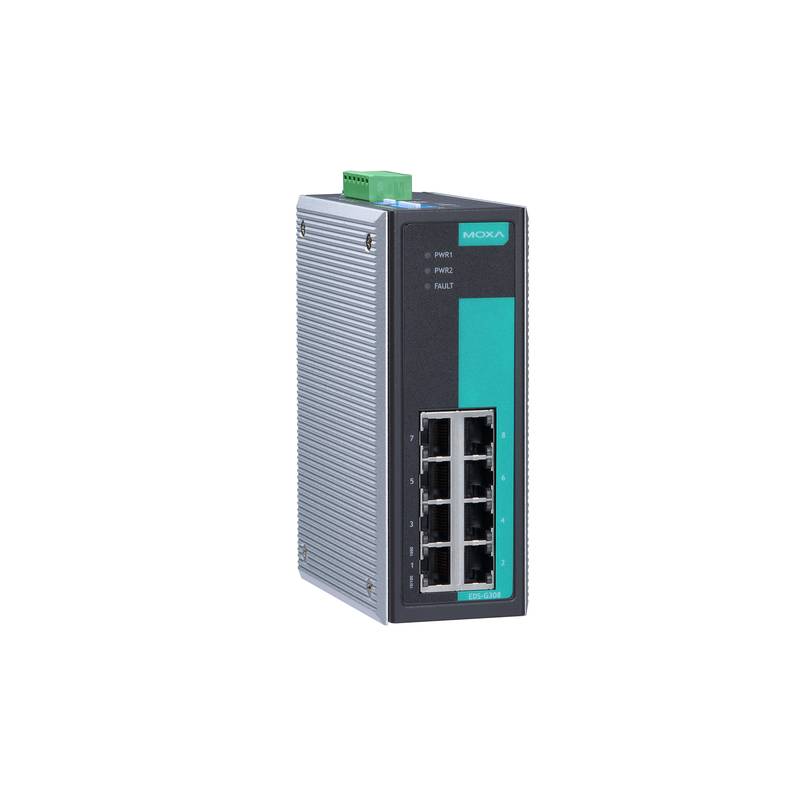
The Siemens 5SU9356-1KK16 is a highly integrated Residual Current Circuit Breaker with Overcurrent protection (RCBO), engineered for robust electrical safety and reliable circuit management in demanding industrial environments. This 1P+N, 16A, 30mA device offers Type C tripping characteristics, providing excellent protection against overcurrents and earth faults, while its compact design facilitates efficient panel space utilization. Its key advantages lie in its combined functionality, simplifying installations and reducing component count, thereby enhancing overall system reliability and cost-effectiveness. The 5SU9356-1KK16 is designed for critical applications where personnel safety and equipment protection are paramount.
Siemens 5SU9356-1KK16: Product Specifications
| Specification | Detail |
| :------------------------ | :------------------------------------------ |
| Product Type | RCBO (Residual Current Circuit Breaker with Overcurrent protection) |
| Manufacturer | Siemens |
| Product Number | 5SU9356-1KK16 |
| Rated Current (In) | 16A |
| Rated Residual Operating Current (IΔn) | 30mA |
| Number of Poles | 1P+N (1 Pole + Neutral) |
| Tripping Characteristic | Type C |
| Rated Voltage (Ue) | 230V AC |
| Rated Breaking Capacity (Icn) | 6 kA |
| Frequency | 50/60 Hz |
| Mounting Type | DIN Rail |
| Terminal Type | Screw Terminals |
| Protection Class | IP20 (Enclosure), IP40 (Installed) |
| Operating Temperature | -25°C to +45°C |
| Standards Compliance | IEC/EN 61009-1, IEC/EN 60898-1, IEC/EN 61009-2-1 |
Core Features & Market Positioning
The Siemens 5SU9356-1KK16 RCBO stands out in the competitive landscape due to its seamless integration of residual current protection and overcurrent protection in a single, highly reliable unit. This consolidation not only streamlines electrical panel design and installation but also ensures consistent performance and compliance with stringent safety standards like IEC/EN 61009. Its Type C tripping curve is particularly advantageous, offering enhanced immunity to nuisance tripping caused by motor inrush currents or other transient inductive loads, a common concern in industrial settings. This positions the 5SU9356-1KK16 as a premium solution for engineers and electricians prioritizing both safety and operational continuity, distinguishing it from simpler overcurrent-only devices or separate RCD and MCB combinations.
Key Application Scenarios
This Siemens RCBO is exceptionally well-suited for a wide array of industrial and commercial applications requiring robust protection against electrical hazards. It is a critical component in power distribution boards for manufacturing facilities, machine tools, and automated production lines where precise overcurrent and earth fault protection is essential to prevent equipment damage and ensure personnel safety. Furthermore, the 5SU9356-1KK16 finds application in lighting circuits, socket outlets in workshops, and HVAC systems, effectively mitigating risks associated with insulation failures, short circuits, and overload conditions. Its 30mA sensitivity makes it ideal for protecting circuits supplying sensitive electronic equipment and for general personnel protection against electric shock.
Practical System Integration Guidance
Integrating the Siemens 5SU9356-1KK16 into existing or new electrical systems is a straightforward process, leveraging standard DIN rail mounting and screw terminal connections. Proper wiring is crucial: connect the line conductor to the designated line terminal and the neutral conductor to the neutral terminal. For a 1P+N device, ensure both the live and neutral conductors are switched and protected. When installing multiple RCBOs, maintain adequate spacing for heat dissipation, adhering to local electrical codes and manufacturer guidelines. Always de-energize the circuit before commencing any installation work and confirm proper connection of the upstream protective earth conductor to the distribution board for comprehensive system safety.
Operation and Risk Mitigation
The Siemens 5SU9356-1KK16 RCBO operates by continuously monitoring the balance of current flowing through the live and neutral conductors. If an imbalance greater than 30mA occurs, indicative of an earth fault or leakage current, the device rapidly trips, interrupting the circuit and preventing potential electric shock or fire hazards. The integrated overcurrent protection, with its Type C characteristic, activates for faults typically 5 to 10 times the rated current, safeguarding against short circuits and overloads. In the event of a fault, the status indicator on the RCBO will typically display the tripped state. Troubleshooting involves identifying the cause of the trip—whether it's a persistent earth leakage or an overcurrent condition—and rectifying it before resetting the device.
Scalability & Long-Term Value
The Siemens 5SU9356-1KK16 RCBO is designed to seamlessly integrate within Siemens' broader electrical protection portfolio, offering excellent compatibility with other Siemens circuit breakers, surge protective devices, and switchgear. This inherent compatibility ensures that expanding or upgrading electrical installations remains efficient and reliable, maintaining system integrity. While the 5SU9356-1KK16 itself is a specific protective device, its robust construction and adherence to international standards guarantee long-term operational value and dependable performance, minimizing the need for premature replacements. Its inclusion in modern installations aligns with the trend towards enhanced electrical safety and system reliability, contributing to the overall resilience and efficiency of industrial operations.
Frequently Asked Questions (FAQs)
What is the primary function of the Siemens 5SU9356-1KK16?
This device provides combined protection against overcurrents and earth faults. It acts as both a circuit breaker and a residual current device.
Its primary purpose is to ensure electrical safety and prevent damage to equipment. It protects against hazards like electric shock and fires.
The 5SU9356-1KK16 is essential for maintaining reliable power supply by quickly interrupting faulty circuits.
What does "1P+N" mean for this RCBO?
"1P+N" signifies that the RCBO protects one live pole and the neutral conductor simultaneously. It ensures both conductors are switched off during a fault.
This configuration offers comprehensive protection for single-phase circuits, enhancing safety compared to devices that only switch the live pole.
The integrated switching of both conductors is crucial for certain circuit configurations and for meeting specific electrical safety regulations.
How does the "Type C" tripping characteristic benefit industrial applications?
Type C curves offer higher immunity to nuisance tripping from inrush currents. This is common with inductive loads like motors and transformers.
Industrial machinery often has large start-up currents; Type C ensures the breaker doesn't trip unnecessarily during normal operation.
This characteristic balances sensitivity to faults with tolerance for transient overcurrents, optimizing operational continuity in industrial settings.
Can the Siemens 5SU9356-1KK16 be used for residential applications?
While it meets safety standards, its Type C characteristic is typically more suited for industrial or commercial use. For residential, Type B or A might be more common.
Residential settings may not have the same high inrush current demands as industrial environments. Other RCBO types might be more appropriate.
However, for specific circuits in a residence with inductive loads, a Type C RCBO could be a valid consideration if properly specified.
What is the significance of the 30mA residual current rating?
A 30mA rating indicates the device will trip when a leakage current of 30 milliamperes or more is detected. This is the standard for personnel protection against electric shock.
This sensitivity level is crucial for preventing serious injury or fatality if a person comes into contact with a live conductor.
It effectively isolates faults where current is leaking to earth, potentially through a person, ensuring rapid disconnection.
How do I reset the Siemens 5SU9356-1KK16 after a trip?
First, identify and rectify the cause of the trip (overcurrent or earth leakage). Then, simply push the toggle switch back to the "ON" position.
Ensure the circuit is safe before attempting to reset. If it trips again immediately, a persistent fault likely exists and requires further investigation.
Always follow proper safety procedures and consult a qualified electrician if unsure about the cause of the trip or the reset process.
What are the main advantages of using an RCBO over separate RCD and MCB?
An RCBO combines two protective functions into one device, saving space in electrical panels and simplifying wiring.
It reduces the number of components needed, potentially lowering installation costs and reducing points of failure.
Using a single RCBO for combined protection ensures coordinated operation and can simplify fault finding compared to separate devices.
What is the breaking capacity (Icn) of this RCBO?
The Siemens 5SU9356-1KK16 has a rated breaking capacity (Icn) of 6 kA. This is the maximum fault current it can safely interrupt without damage.
This breaking capacity is suitable for many standard industrial and commercial distribution systems where fault current levels are within this range.
Always ensure the Icn rating of your protective devices is sufficient for the prospective fault current at the point of installation.
How does this RCBO protect against overloads?
The integrated overcurrent protection element, governed by the Type C tripping curve, detects prolonged current exceeding the rated 16A. It will trip within a specified time based on the magnitude of the overload.
This function prevents overheating of cables and connected equipment, which can lead to insulation damage and fire hazards.
The Type C characteristic provides a balance, allowing for temporary overloads common in motor starts without tripping, while still protecting against sustained dangerous overloads.
Is the Siemens 5SU9356-1KK16 compatible with other brands of electrical components?
While it is designed to be highly compatible with Siemens systems, electrical codes often mandate that protective devices within a panel should ideally be from the same manufacturer for guaranteed performance.
Interoperability can vary, and mixing brands for critical safety components like RCBOs is generally not recommended for optimal reliability and compliance.
For critical installations, it is best practice to use components from a single, reputable manufacturer like Siemens to ensure seamless integration and adherence to specifications.
















